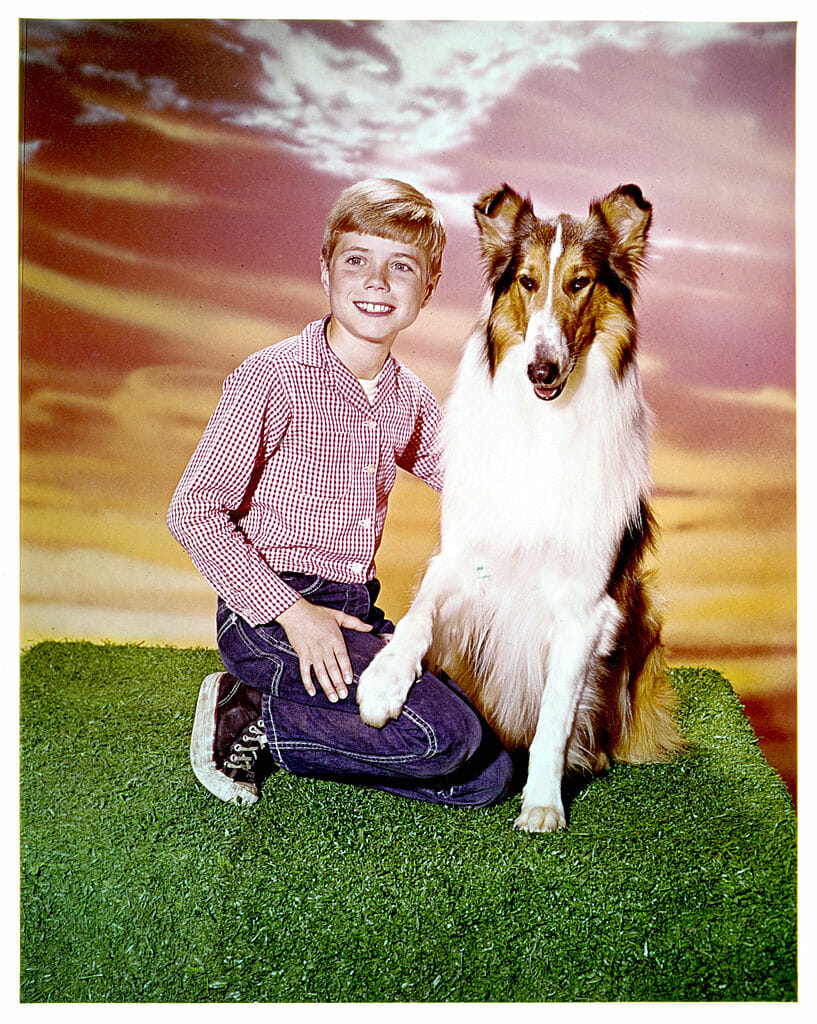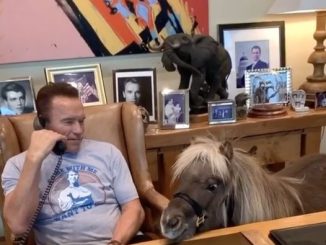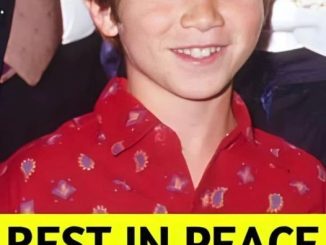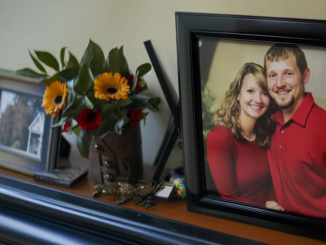For nearly two decades most of us can remember tuning in to see the latest adventures of the most famous dog on TV – Lassie.
This much-loved Rough Collie dog and her human companions graced our screens for 17 seasons from 1954 to 1973 and even made the transition from black and white to color in the ’60s.
But who could forget the adorable little boy who joined the show in its fourth season when he and his family adopted Lassie – 7-year-old Timmy Martin.

Now Jon Provost, who played Timmy, has celebrated his 74th birthday and shares the joy he had filming with his four-legged friend and how he was discovered by Hollywood at just 3 years old.
The Los Angeles-born actor said when he was 3 years old he was taken to an audition for a Jane Wyman movie because his mom was a huge fan and hoped to get her autograph. But, out of the 200 kids auditioning for the part, Jon got it.
It was far from evident that Jon would become an actor. His father worked with something completely different – he was an aeronautical engineer.
”My parents weren’t Hollywood people. My father is from Alabama and my mother is from Texas,” Jon said.

At age 4, he landed a role in a Grace Kelly and Bing Crosby movie.
“I didn’t have an agent. I got one and that led to more movies like The Country Girl with Bing Crosby and Grace Kelly. I did about 12 movies before I started ‘Lassie’”, he told Fox News.
Three different Lassies
Recalling the bonds he formed with the three different male dogs that played the part of the female Lassie, Jon said he developed the biggest bond with the last dog to play Lassie.

“I did the show for seven years, 249 half-hour episodes. I worked with three different Lassies. The last dog I worked with, I worked with him for five years alone,” he told Fox News.
“We grew up together. For five years, we saw each other five days a week and sometimes on weekends.
Revealing how well behaved the dog was he added: “The actors made more mistakes than the dog. They were more of a problem,” he laughed.

After leaving the show at 14 years old he starred alongside the likes of Natalie Wood and Kurt Russell and never fell into the Hollywood child actor trap saying: “My parents let me pretty much do what I wanted to do. I didn’t have to take a job.
“When I left Hollywood, I thought it was good that I did.”

Today Jon lives out of the limelight in Northern California but still gets fan mail from his time in “Lassie”. In 1994, the actor received a star on the Hollywood Walk of Fame.
Meanwhile, Lassie, the canine character, became so popular that she even had a “Lassie” riveting radio series.
Jon Provost wife
In 1979, Jon Provost tied the knot with Sandy Goosens. Together, they had two children, Ryan and Katie.
After being married for 14 years, the two divorced on December 20, 1993.
In 1999, Jon Provost found love again when he married Laurie Jacobson, a well-known researcher, and author.
I was such a fan of the adventures this sweet duo got up to. And with a moral to every episode, it was the perfect show for kids.
Please share with all the “Lassie” fans you know.
Yesterday, I found a sandwich packed for my work lunch along with a note from our 10-year-old foster son

The aroma of freshly brewed coffee filled the kitchen, a comforting scent that usually signaled the start of a hectic workday. But yesterday, it was different. Yesterday, the kitchen held a quiet magic, a warmth that transcended the simple act of brewing coffee.
On the kitchen table, amidst the usual clutter of keys and mail, sat a neatly packed lunch bag. Beside it, a folded piece of paper, its edges slightly crumpled. A note.
My heart skipped a beat as I recognized the familiar, slightly slanted handwriting. It was Colton’s. Our 10-year-old foster son.
We’d opened our home to fostering after years of battling infertility. The empty rooms of our house had echoed with a longing that no amount of well-meaning advice could fill. We wanted to give a child a chance, a safe haven, a loving family.
Colton had arrived a year ago, a whirlwind of boundless energy and insatiable curiosity. He was a dreamer, a boy who found wonder in the simplest things. He loved riding his bike, exploring the neighborhood, and most of all, he loved helping in the kitchen, his eyes sparkling with the ambition of a future chef.
The note was simple, written in his characteristic, slightly misspelled script: “Lunch for you. Have a good day. Love Colton.”
And inside the lunch bag, a perfectly assembled sandwich, wrapped in wax paper, a small bag of chips, and a bruised but perfectly ripe apple.
It wasn’t just a sandwich. It wasn’t just a note. It was a testament to the bond we’d built, a tangible expression of the love that had blossomed between us.
For months, I’d felt a shift within me, a growing certainty that Colton wasn’t just a foster child, he was our son. The way he’d seamlessly woven himself into our lives, the way he’d filled the empty spaces in our hearts, it was undeniable.
That note, that simple gesture of love, solidified it. It was a quiet affirmation of what I already knew.
I shared the note with my wife, Sarah, her eyes welling up with tears as she read it. We looked at each other, a silent understanding passing between us. It was time.
Today, we made the decision official. We’re going to adopt Colton.
The paperwork is already underway, the legal process a mere formality compared to the emotional journey we’ve already undertaken. We’re planning a surprise for him, a small celebration to mark this momentous occasion.
We’ve decorated his room with balloons and streamers, a banner proclaiming “Welcome to your forever home!” We’ve baked his favorite chocolate chip cookies, and Sarah has even prepared a special dinner, a culinary masterpiece that would make any aspiring chef proud.
Tonight, when Colton returns from school, we’ll gather around the kitchen table, the same table where I found his note, and we’ll tell him the news.
I imagine his eyes widening with disbelief, then filling with tears of joy. I imagine him running into our arms, his small frame shaking with emotion.
And I know, with absolute certainty, that this is the best decision we’ve ever made. We’re not just giving Colton a home; he’s giving us a family, a love that’s richer and more profound than we ever imagined.



Leave a Reply